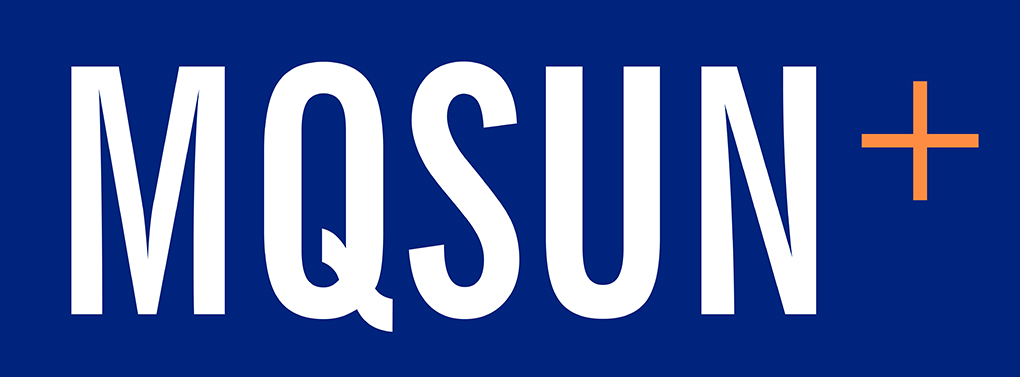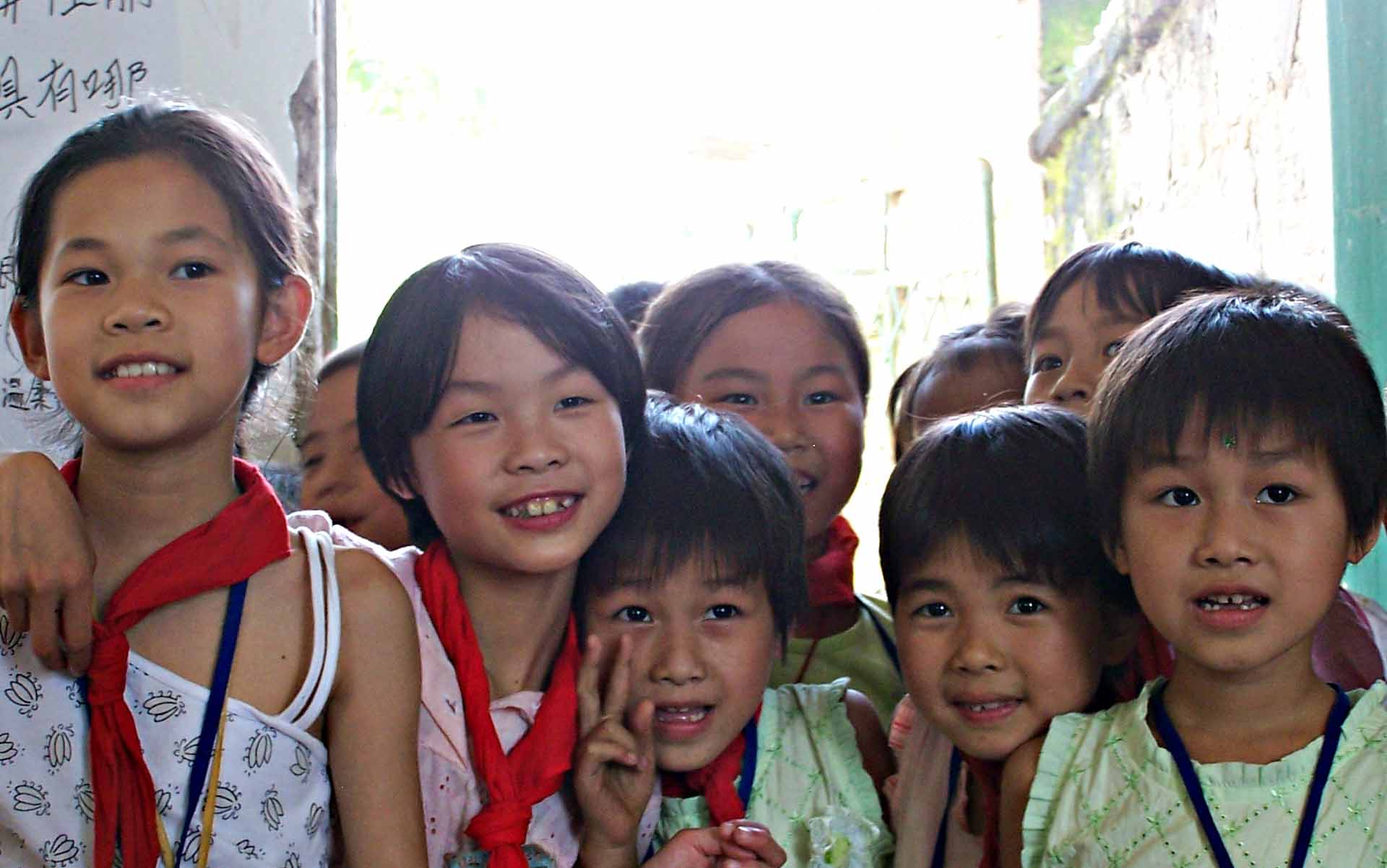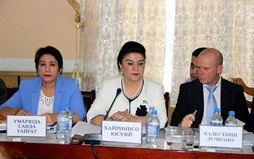Beginning the response to policy and strategy alignment in Tajikistan
Prior to its most recent technical assistance (TA), Maximising the Quality of Scaling Up Nutrition (MQSUN) conducted a nutrition policy review and strategy alignment in Tajikistan in 2014 and a nutrition gap analysis and stakeholder mapping in 2015 and 2016. Also in 2015, MQSUN supported a multisectoral workshop to have an initial dialogue around a common results framework (CRF)—a single and agreed-upon set of expected nutrition results generated through engagement of different sectors of the government and stakeholders. The outcome was an agreed-upon CRF goal: the reduction of stunting.
Like all other MQSUN+ TA, Tajikistan requested TA through the Scaling Up Nutrition (SUN) Movement Secretariat (SMS) in January 2017 to continue with the development of their CRF. The request was formalised into a terms of reference (TOR) to outline the TA approach and work plan. First, MQSUN+ conducted an engagement telephone call with SMS, the Tajikistan SUN Focal Point and other stakeholders to clarify the TA scope, the TA timeline (short-term, medium-term or long-term), the use of a national consultant and opportunities for cost sharing. After this discussion, the MQSUN+ consortium identified a partner lead—NutritionWorks. This step typically takes one to two weeks depending on availability for the engagement call.
Defining the milestones towards the common goal
MQSUN+ then spends two to eight weeks to finalise the TOR: identifying and onboarding qualified consultants, developing a TA work plan and budget, outlining gender integration opportunities, and defining milestones and deliverables. Once the TOR is finalised, it is approved by the SUN Focal Point, SMS and the United Kingdom’s Department for International Development (DFID). This process can be either very rapid or very slow depending on the accessibility of these individuals. The Tajikistan TOR was finalised in early March 2017, and implementation started in the same month.
On-site consultations and capacity building
Between March and June 2017, an MQSUN+ international expert and a national consultant—working alongside the United Nations Children’s Fund in Tajikistan (the SUN donor co-convener)—supported the SUN Focal Point and the Ministry of Health and Social Protection of the Population to facilitate policy and strategy dialogue within and between different sectors.
The TA implementation included:
- Developing a CRF roadmap;
- Getting consensus on the roadmap from the multisectoral platform;
- Conducting over 50 stakeholder meetings to review relevant policies and strategies; and
- Developing working groups within and amongst these stakeholders to identify gaps and recommendations.
These activities culminated in a two-day workshop in May 2017 where over 60 government officials from different sectors, development partners, private sector and civil society representatives came together to discuss and agree upon a draft CRF for Tajikistan. Following the workshop, MQSUN+ held further consultations with the Ministries to finalise sectoral roles and to define nutrition-specific and -sensitive interventions for the final CRF.
Finalising support and gathering lessons learnt
After TA implementation, MQSUN+ supports the implementation team to finalise and conduct quality assurance on the TOR deliverables and performs a feedback survey to gather lessons learnt on the TA. MQSUN+ submitted the deliverables to Tajikistan in July 2017. Additionally, the CRF was presented at the Second Nutrition Forum held in Dushanbe to share it with wider nutrition stakeholders. Before this TOR was even completed, Tajikistan requested additional TA from MQSUN+ for costing and operationalising the CRF. It is common for MQSUN+ TA to take a phased approach through multiple TORs to move SUN countries closer to effective multisectoral national nutrition policies and programmes.





